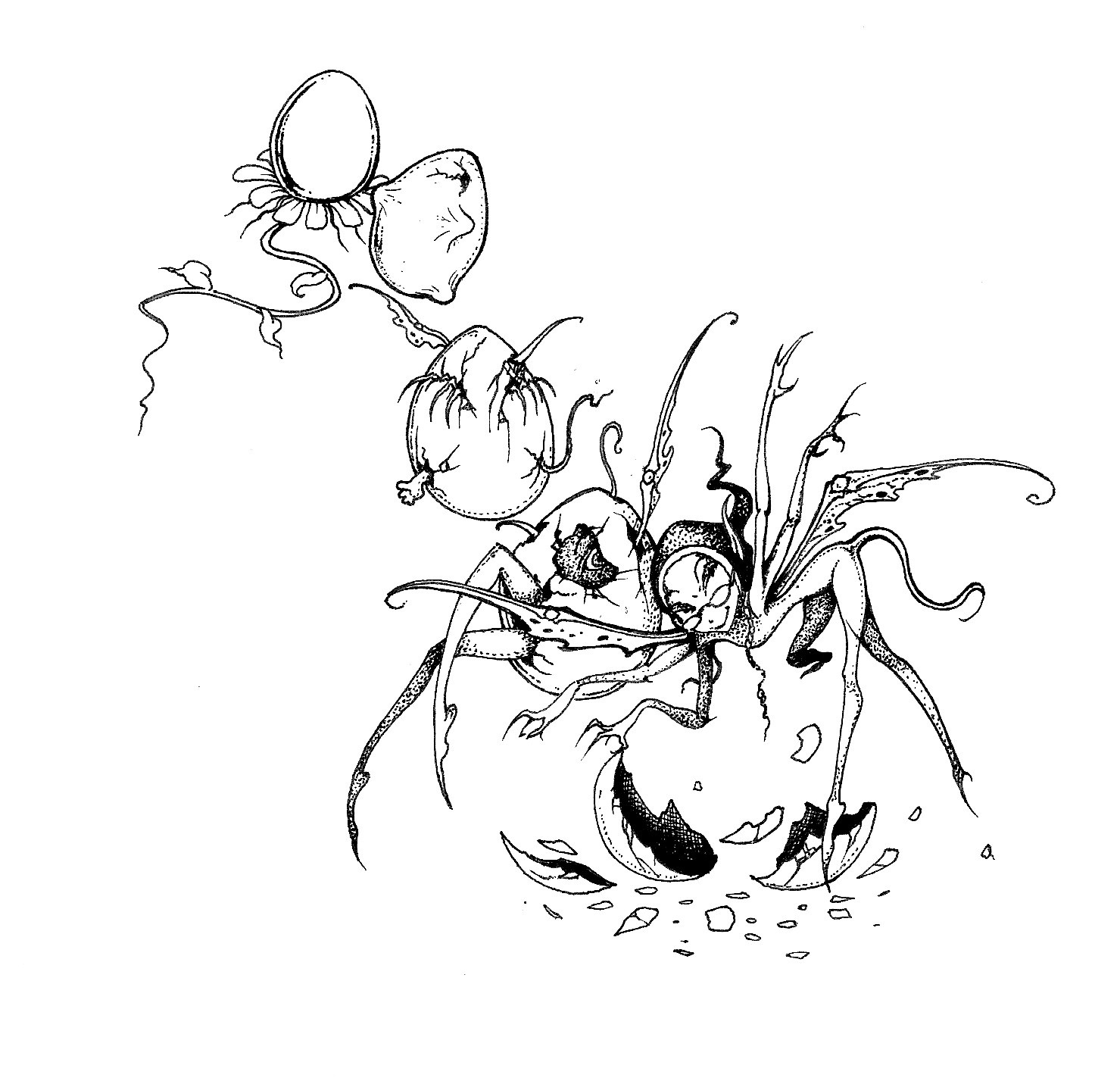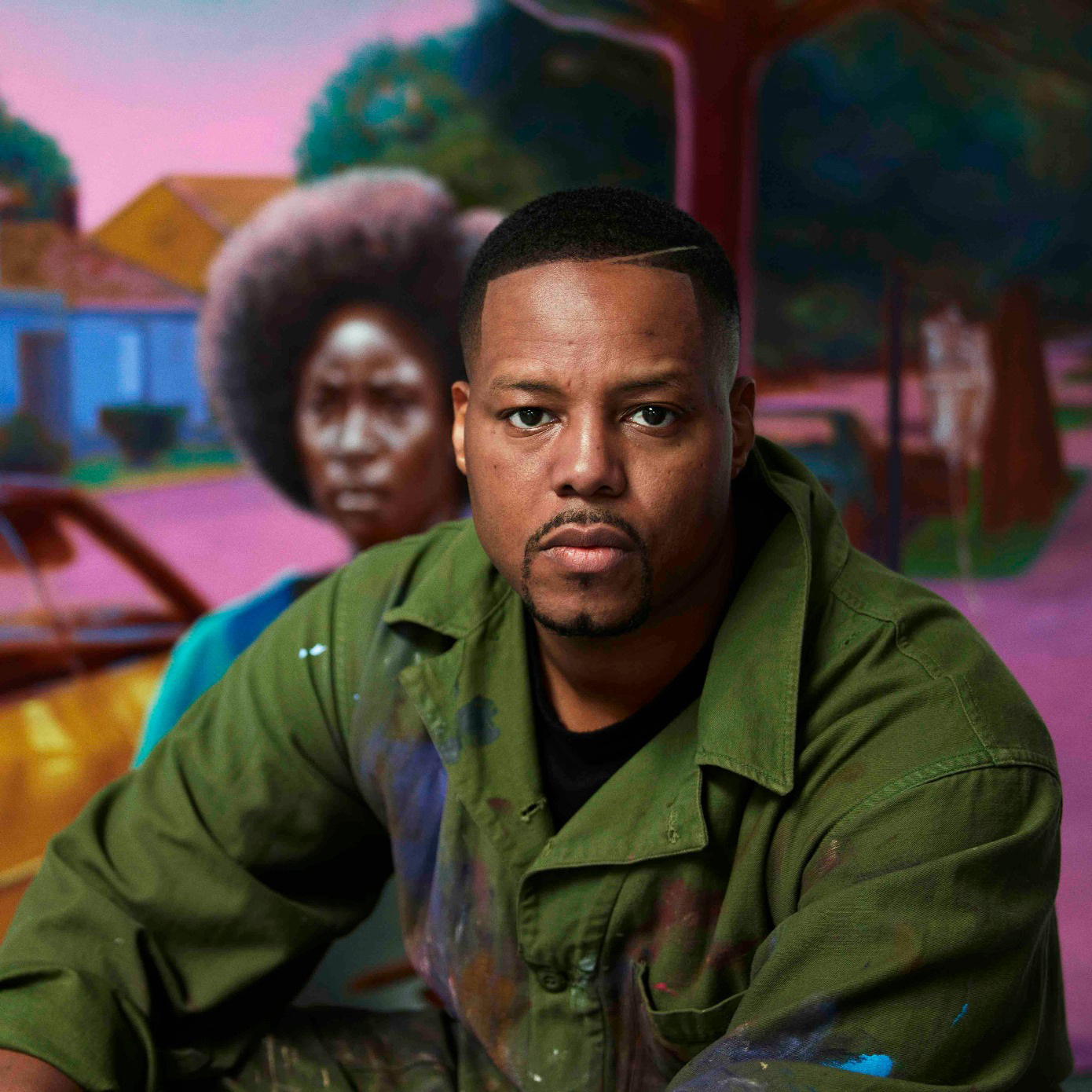
“I would imagine I was a teacher in front of a class full of horny men. That’s what fame must be like, I thought.” This comparison of visibility and celebrity comes on the very first page of Natasha Stagg’s coming-of-age novel Surveys (Semiotext(e), 2016), a thought prompted when her 23-year-old protagonist, Colleen, feels eyes drilling into the back of her skull as she opens the mall survey center where she works. The idea of fame’s lecherous gaze foreshadows the character’s online celebrity to come. Over the course of the novel, the eyes on Colleen multiply. First, she suffers a peeping Tom neighbor; soon after, her online following grows and she’s able to monetize microfame. Stagg told me she thinks becoming famous is a good allegory for growing up.
Being watched isn’t the same as feeling seen, just like growing up isn’t the same as coming of age. Part of figuring out who you want to be in this world involves developing an awareness of how people see you. Though that’s the way life has always been, living online has made the process more public. And with this exposure comes both the self(ie)-determination of front-facing cameras as well as the accelerated potential for it to all spiral (viral) out of your control. Today’s coming-of-age novels contend with what becoming visible means when it seems time moves faster yet we grow up slower.
Arguably, we’re in a constant state of becoming. And while puberty—the time when external metamorphosis happens at mutant speeds—has been the focus of classic coming- of-age novels, with the delay in many traditional markers of adulthood for millennials (financial stability, marriage, babies) we’re seeing the genre expand to 20-something turmoil. Stagg’s novel is but one example. Another is Fiona Alison Duncan’s Exquisite Mariposa (Soft Skull Press, 2019), an autofiction of sorts tracking an LA-based writer’s Saturn Return. The Internet has radically altered the nature of celebrity, exorcising gatekeepers and fragmenting audiences, bringing forth the future Momus predicted, “when everyone will be famous to 15 people.” It’s also fundamentally changed how we experience both time and history. In Kiese Laymon’s Long Division (Agate Bolden, 2013), this temporal collapse is apparent in the story of 14-year-old City, who goes viral via video rant and then finds a hole in the ground that allows him and his friends to hop between the years 2013, 1985 and 1964. In the post-YouTube bildungsroman, time travel is a metaphor for how the Internet gives us access to multiple eras at once.
In Betty Smith’s classic, A Tree Grows in Brooklyn (Harper & Brothers, 1943), natural cycles persevere in spite of the harsh urban environment. The titular tree pushes up through the pavement, sprouting in parallel to the protagonist Francie Nolan, who, over the course of the novel, matures from the ages of 11 to 17. Life for Francie is far from fair; growing up is full of meanness and poverty, but beyond the symbolic tree there’s a sense of seasonal regularity like in the Pete Seeger song “Turn! Turn! Turn!” Even the evolution of visibility has a cyclical regularity to it: a young girl watches from across the fire escape as Francie gets ready for a date, just as Francie herself used to watch older teenage girls get ready for their dates. Fast forward almost 80 years and the world feels like it’s accelerating—fast fashion, high frequency trading, growth hormones, built-in obsolescence. In Exquisite Mariposa, the narrator’s New Age journey—“Eat Pray Embarrassing!”— involves finding ways to escape this frantic pace. Epiphanies come in slow-motion; micro-dosing mushrooms grants “breathing slow as a tree” and the narrator explains that the cheaper the city, the more you can take your time. Throughout the novel, natural cycles rub uncomfortably against unnatural ones—“rent (it comes every month! like your period, ugh).” Capitalism is singled out as the villainous force both driving this breakneck pace and keeping 20-somethings in economic precarity, subsisting on sublets and shared bedrooms—a drop-out way of life that feels like interminable teenhood. The novel ruminates on the tangle of visibility and stability, screen-exposure and monetizable existence. Motivated by the prospect of turning her aspiring artist-roommates into stars, the narrator, a new LA transplant, signs (then breaks) a reality TV-show contract. A “queasy awakening” makes her realize “visibility is a trap”: in a post-web 2.0 world, exposure isn’t worth much.
But each of these coming-of-age novels also examines the value of visibility beyond dollar signs. “Everyone in the world has always wanted to know how they are perceived,” says Stagg’s It-girl, Colleen. “The biggest motivation of internet communication is trying to find out what people think of you.” We want to discover some essential truth about ourselves, but we’re always performing for the gaze. Screens may be mirrors but they’re not without bias and distortion, histrionics and interpretation. Colleen curates her public persona, art- directing photo shoots and restricting her wardrobe to khaki and cream, while, in Laymon’s novel, City’s hypervisibility comes without his consent or control. A black high school student competing in the Mississippi state sentence championship—a live televised event sort of like a spelling bee—he goes off on the judges (and other contestants), triggered by the assignment of the word “niggardly.” In less than 72 hours, a recording of his contentious reaction racks up millions of views on YouTube, eliciting encounters that range from patronizing to straight-up violent, which are in turn also recorded and uploaded. City is heartbroken, but can’t help feeling famous at the same time. No matter what the screens reflect back—a self that’s strange, a world that’s hostile and hate-filled—it’s hard not to gauge quantifiable worth in likes and page views.
Being seen is not the same as feeling seen. Forget quantitative—what is the qualitative dimension of visibility? Do you have a vision for how you want to be? There’s salvation in self-awareness. Duncan’s narrator finds herself programmed to want, but want what, she’s not exactly sure. City’s crush tells him she could love him if he would just be himself, but he thought he already was. Is our self there all along, waiting to be found, or do we make it in the act of searching? Forget the noise, forget the follower counts and the media messaging, just be yourself—but that self might be impossible to imagine without anyone watching.




